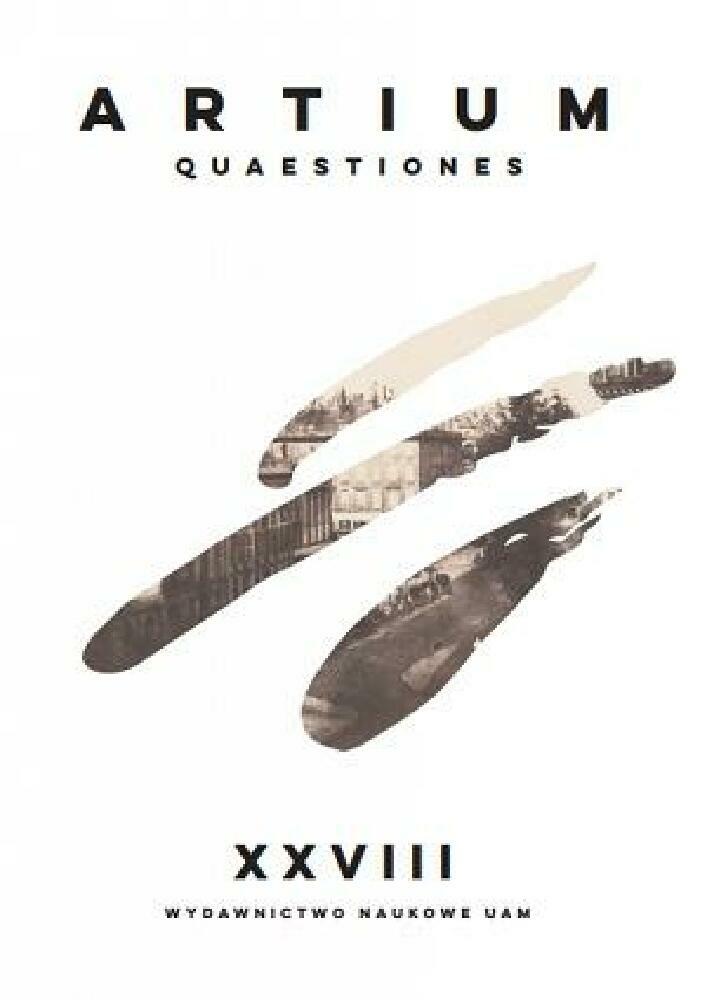Abstrakt
The concept of visuality proposed by Norman Bryson, which refers to conscious perception determined by a system of concepts and knowledge of the visible, is related in the paper to the relationship between two kinds and ideas of photography, introduced respectively by Louis J. Daguerre and William H. Fox Talbot. The discourse about daguerrotypy stresses the quasi-telescopic properties of the picture whose visually ungraspable surface triggers an effect of reaching with the eye far beyond it toward even the farthest details, invisible without a looking glass but still clearly visible in the picture. In response to this feature, Talbot connected the photographic picture primarily with the effects of transferring the relations of shadow and light to contrast on the surface of photosensitive paper. He referred the “photogenic drawing” to a tradition older than the Albertian paradigm of the illusion of perspective adopted by Daguerre in his famous views of the streets of Paris from the window. His technique, called “skiagraphy,” Talbot associated with an ancient legend about the origin of drawing as the art of fixing shadows on a flat surface. His photographs of Lacock Abbey windows were a paradigmatic example that determined the understanding of each photo on the level of its basic self-reflexive content: in the first place, the photographic picture shows how reality before the camera lens projects its “skiagraphic” drawing – a “stamp,” as it were – on the paper surface, and how the forms of objects are reduced to that surface and grasped on it. In his Pencil of Nature, Talbot connected photographic pictures with text, determining the visual status of print photography as replica – both repetition of the highly appreciated daguerrotypy, and a rival response to it, showing the advantages of Calotypy based on the visible proximity of the picture and the surface. Thanks to the properties of Calotypy, precise “fixing of shadows” allows one to arrest despite the flow of time and fix in a visual structure what is the most volatile and changeable.Licencja
Prawa autorskie (c) 2018 Stanisław Czekalski

Utwór dostępny jest na licencji Creative Commons Uznanie autorstwa – Użycie niekomercyjne – Bez utworów zależnych 4.0 Międzynarodowe.
Prawo autorskie regulowane jest oświadczeniem autora przygotowanym przez Wydawnictwo Naukowe UAM a od nr XXVIII także umową licencyjną na publikację online zawartą pomiędzy Autorem i Uniwersytetem im. Adama Mickiewicza. Autorzy ponoszą odpowiedzialność za oryginalność zamieszczanego materiału tekstowego oraz regulację praw autorskich dotyczących materiałów ilustracyjnych. W przypadku, gdy materiały pochodzą od redakcji – odpowiedzialność ponosi redakcja czasopisma.
Ten utwór dostepny jest na licencji Creative Commons Uznanie autorstwa - Użycie niekomercyjne - Bez utworów zależnych 4.0 Międzynarodowe.
